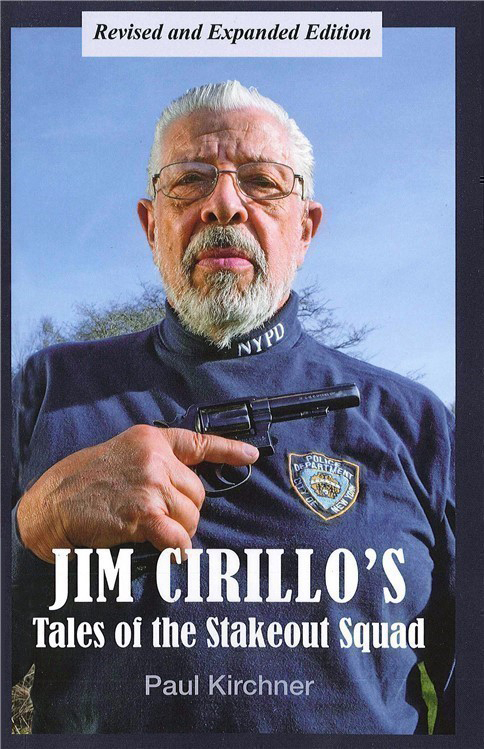 |
I was returning from a media trip in Ontario, Calif. on July 13, 2007, had just arrived at the gate and turned on my phone. There was a voicemail from Jim Cirillo, Jr. informing me that his dad had perished in a motor vehicle collision the evening prior.
Though I’d been aware of him for decades, I’d only met Jim Cirillo in the waning years of the 20th Century. Our first meeting was on the exhibit floor of the convention center holding the American Society of Law Enforcement Trainers conference in Mobile, Ala. A gregarious type, Jim was an instant friend to nearly all he encountered and we found we shared a birthday.
“Mine was much later,” I told him.
He laughed. “Yeah. But I got the good looks.”
That characterized our contacts over the succeeding years and, like everyone, I was crushed to lose him. I’d gotten to know that voice over the phone, the correspondence about sights he’d designed and the gun projects he’d worked on with Dan Wesson Arms. I joined him at a training event, held by Jim and his son, Jim Jr., at a nearby venue. We’d gotten to spend some time and I got to see his laid-back instructional style.
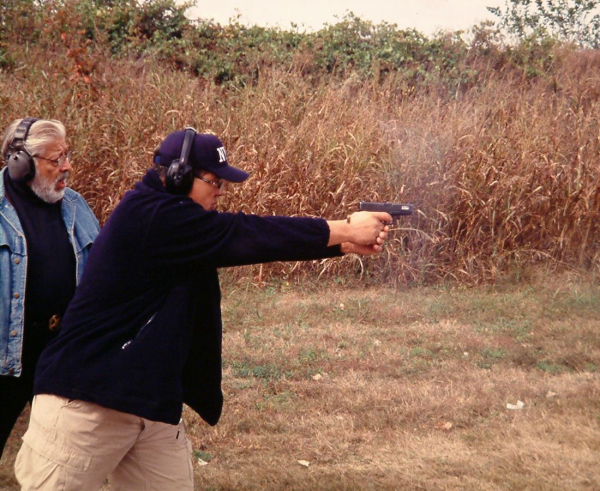
When we say “no pressure,” we may be joking. With Jim, the command to fire a string at the target was calmly, quietly spoken: “You may commence.”
Not good for running a timer, but great to get a jumpy crowd of new shooters – or shooters new to training under someone who had really faced death with a revolver in his hands.
Before our annual publication break, there was an announcement of an update to Paul Kirchner’s book, Jim Cirillo's Tales of the Stakeout Squad. According to what I’d read, it’s a newly revised and expanded edition of the book originally published in 2008. With added information and photographs, the revised edition is 30% longer than the original at 228 pages. Jim had written about some of his experiences in "Guns, Bullets, and Gunfights," published in 1996, but Kirchner drew out many additional stories from Cirillo in extensive interviews. He also interviewed other members of the unit, including Bill Allard and the pseudonymous “George Ballinger,” who provided many additional accounts and background.
During the break, I read the book. If you want to learn about the Stakeout Unit, about shooting competition, about life in the Emergency Services Unit of the NYPD with context appropriate to the times these events took place, this book will take you there.
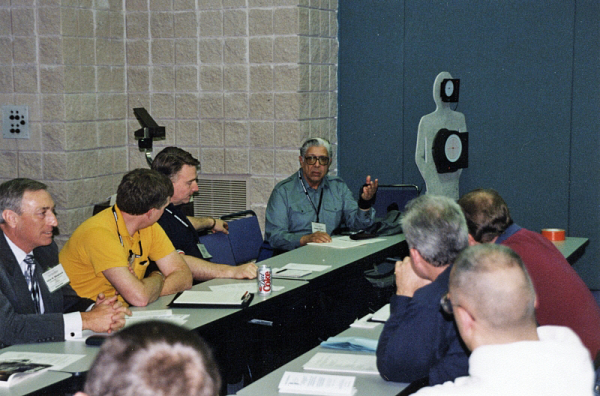
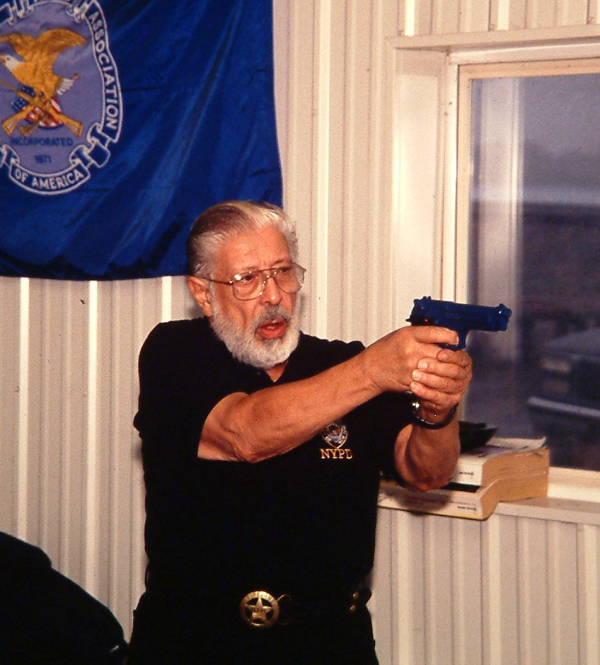
I feel I can judge an interviewer best if I know the person being interviewed. I can report that I read the quoted passages in the book, hearing them in my mind rendered in Jim’s voice. Paul captures the personality, the humor, the serious side with precision I don’t often detect in biographical works.
That doesn’t mean it doesn’t happen; it does mean the author is skilled and dedicated to getting it right. He goes so far as to demonstrate what the ‘badges’ in the crowd know to be true: when there’s an event involving several people, the tale will definitely not be the same as told by each participant.
He relates an incident from Jim’s view and then gets the other team member – Bill Allard or “George” – to retell the story. There are differences, which Jim well knew to be a normal human characteristic.
“Cirillo freely acknowledged that his recollection of events sometimes differed from that of his partner, and that did not make him lose credibility with me – quite the contrary. Nothing would be less credible that two participants remembering every detail of a gunfight exactly the same way.”
Hence, the relative unreliability of eyewitness testimony. Jim was also quite the raconteur. He’d embellish for entertainment or for instructional impact. I never knew him to lie. Further, those who worked with him found him trustworthy and honest to a fault.
And funny. Very funny.
Will you get practical instructional value out of this retelling?
I did, but I tend to seek that kind of thing out. It reinforced a concept to me, true in shooting, in fights, in policing, in politics and in life generally: there are some things known to be 100% every time … until they’re not, which tends to happen.
The thing about learning from fights is that they all seem to have unique aspects that hinder generalization. That doesn’t mean “don’t study the past.” It means “study the past carefully.”
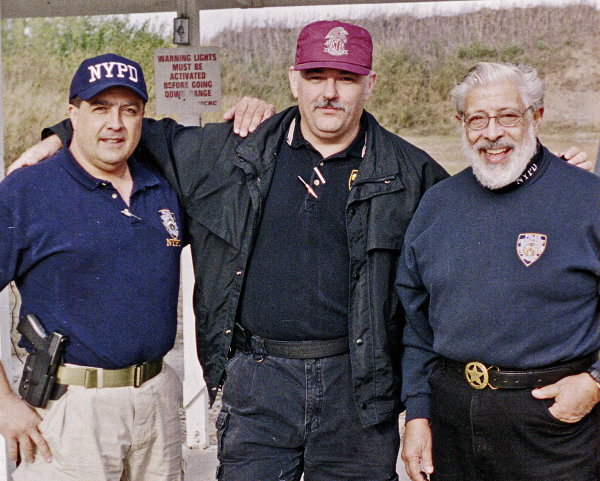
For me, it was a chance to relive the conversations I had with Jim and the time I got to spend with Jim and his son. I wouldn’t trade those memories for anything.
You may have to search the auction site for Kirchner’s books; it seems that when one sells, it shows “sold” and you have to seek the link for another book for sale. While unwieldy, it’s doable.
If you’re a student of the serious use of firearms, this book is a ‘must read.’ Likewise, if you simply read for entertainment or to learn a little history.
-- Rich Grassi